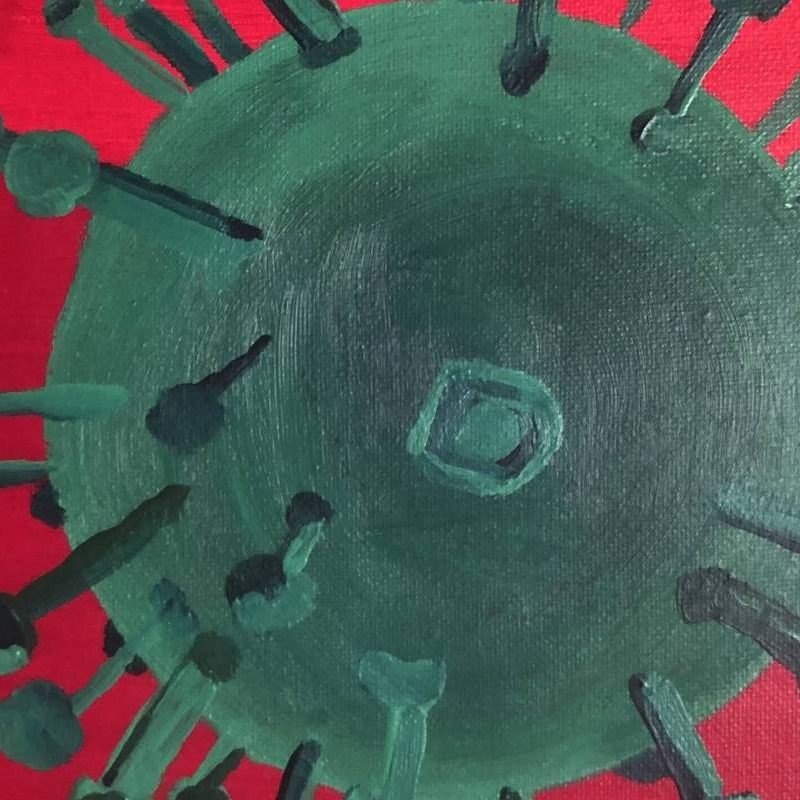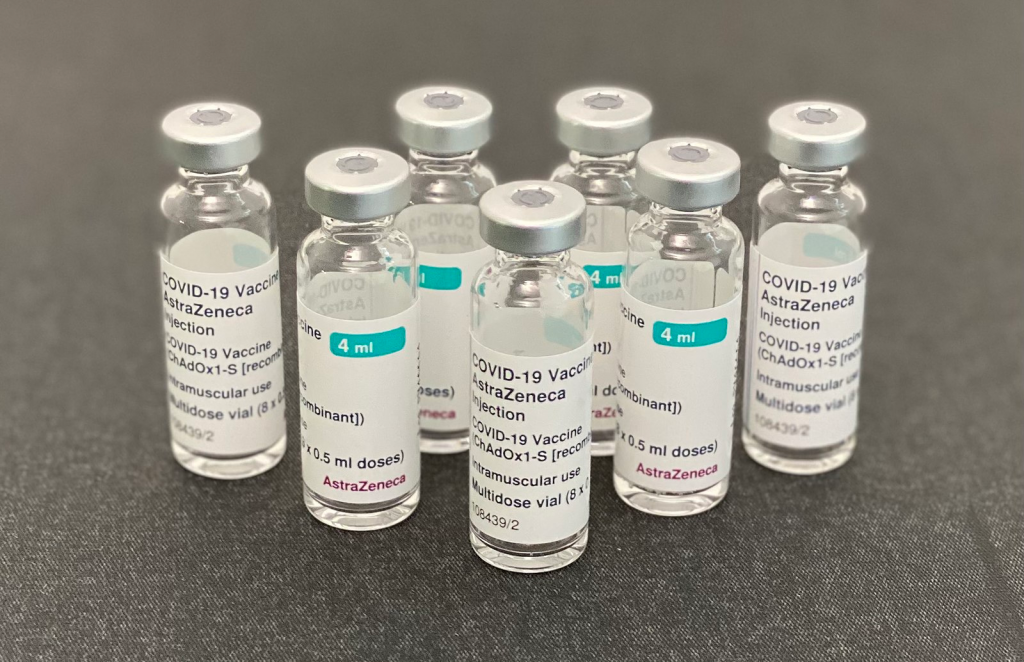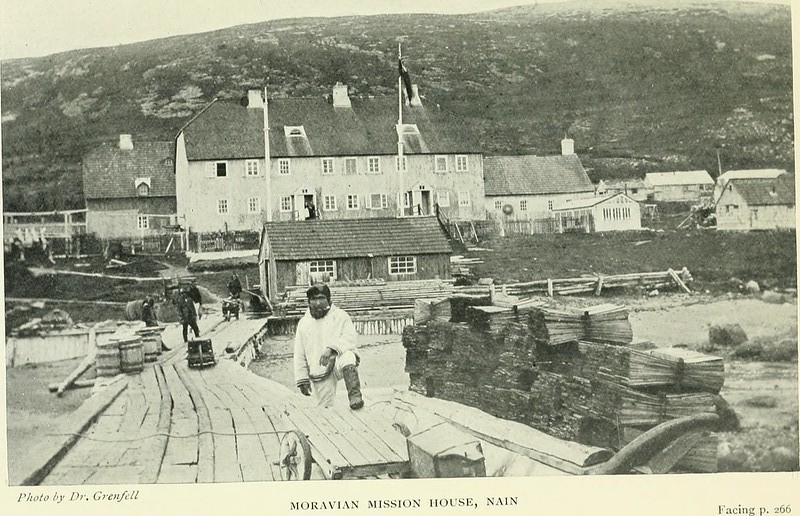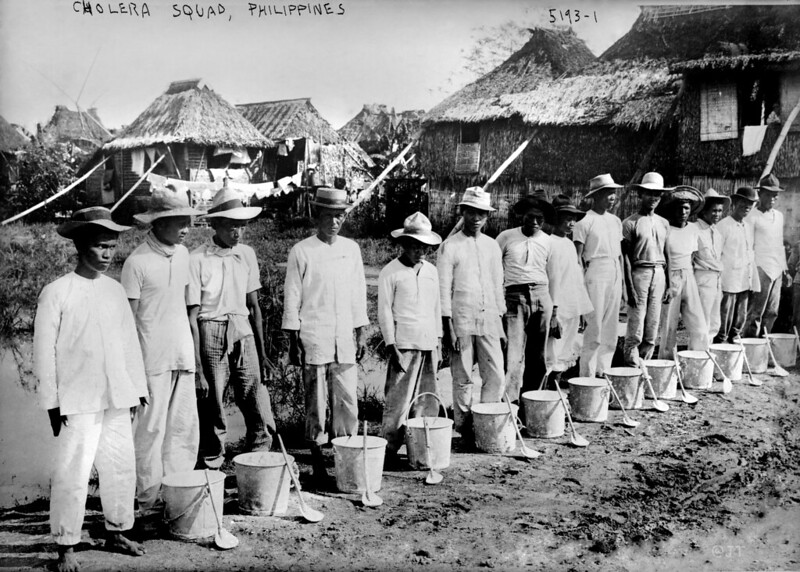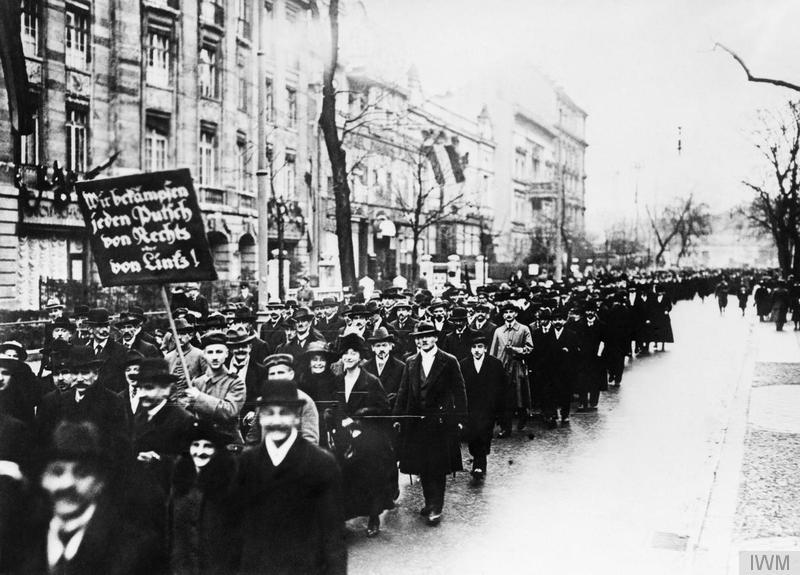9 November 2023 Seminar: Age Patterns of Mortality Across Influenza Pandemics
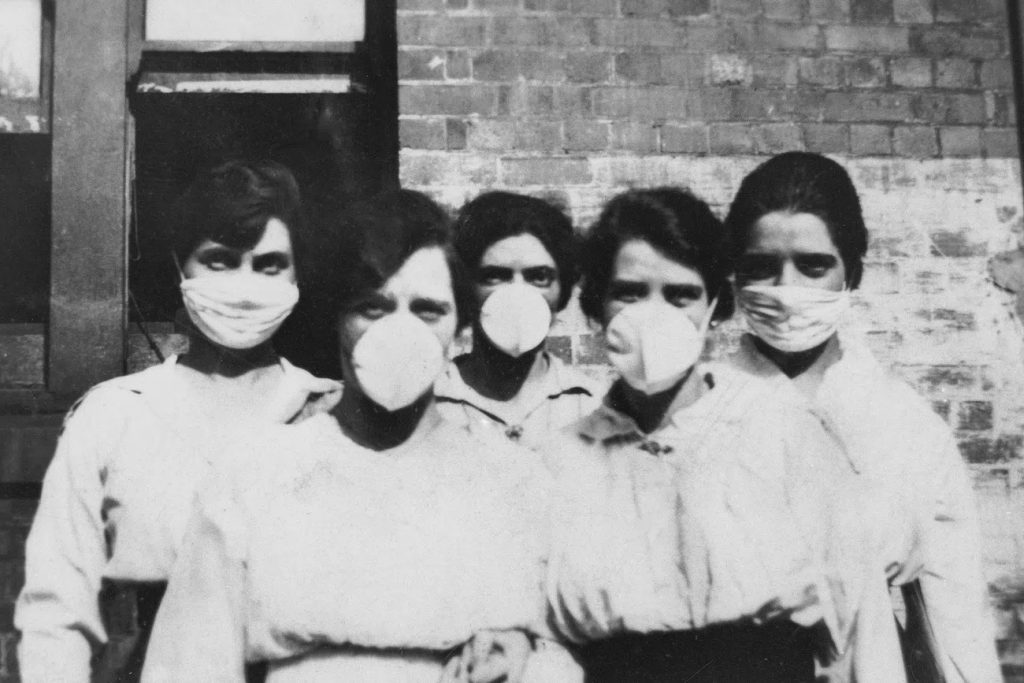
For the penultimate Pandemics & Society Seminar of our Fall 2023 series, we are pleased to welcome Lauren Steele (University of Queensland). The seminar will be held on Thursday, 9 November at the normal time (1600 CET). More information about our speaker and the presentation is below. You can sign up for email notifications about the seminar series, including the Zoom details, here.
Abstract
During the 1918 influenza pandemic, individuals aged ~15-40 years of age were more susceptible to severe disease and death. Similar age patterns have been recorded during the 1957 and 1968 influenza pandemics, however no geographically wide-scale age curves have ever been calculated for these pandemics. Data from at least five countries will be analysed to construct age curves to identify age-related mortality during the influenza pandemics of the 20th century. Data will be collected from vital statistics and the Human Mortality Database. To further elucidate the role of age in influenza disease outcomes during pandemics, lungs taken from young adults (aged 17-30 years) who died of influenza-like illnesses during pandemic years will be analysed using a spatial transcriptomics assay to determine gene expression at the moment of death. These data will inform on why younger age groups are uniquely susceptible to severe disease during influenza pandemics.
About the Speaker
Lauren Steele is a second-year PhD candidate at the University of Queensland, Australia. She is completing her thesis on host factors which influence disease outcomes during past influenza pandemics to inform on future influenza pandemic preparedness measures.
